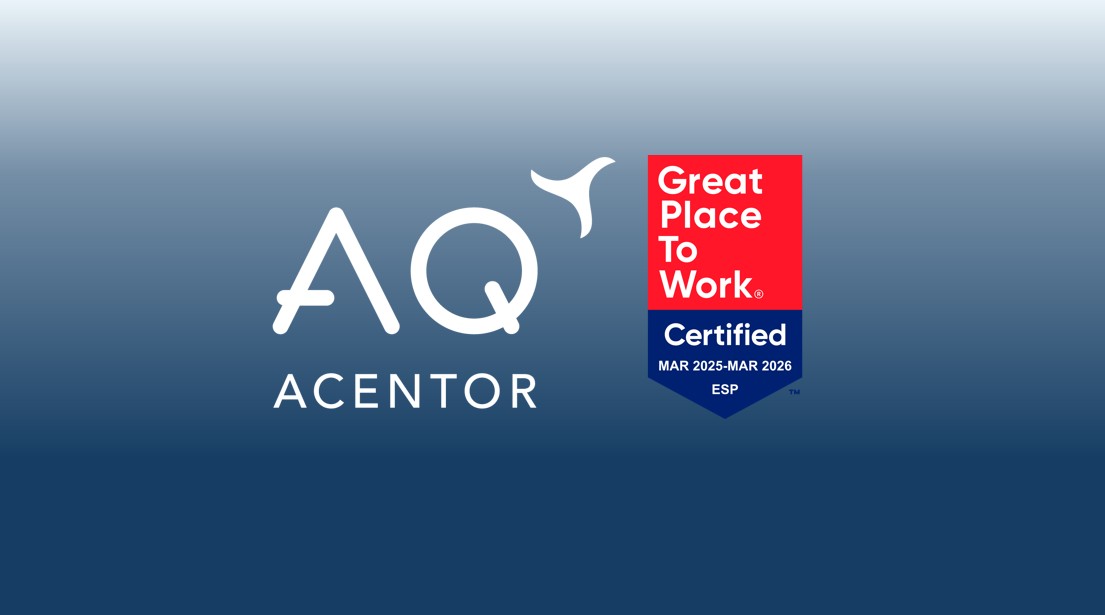What is property in lieu of payment?

Debt can often feel truly suffocating, but there are ways you can free yourself from it. Many people with a lot of assets resort to payment in kind. Do you know what this involves? We will explain everything below.
What is payment in kind?
If you’re wondering how payment in kind works, it’s very simple. It refers to a payment method to settle a debt. In other words, provided that the creditor accepts the debtor’s offer, the debt shall be settled, even though the means of payment is different to that initially agreed.
To settle debts with this payment method, both parties must be willing to negotiate. At the end of the day, there is an unsettled debt and the aim is to find an alternative means of payment that leaves everybody satisfied.
However, once the transfer takes place, the creditor has full control over those assets, so it is a decision that needs to be carefully considered.
What is payment in kind for a mortgage?
This type of transaction enables you to make an agreement with the bank to settle an outstanding mortgage debt by transferring ownership of a property. It is a way to avoid the bank initiating a foreclosure process, where it raises a claim for non-payment of the mortgage and initiates seizure of the property. All in all, it’s a way of settling your debt with the bank and maintaining all your personal assets.
There is also the option of a main residence in lieu of payment, where you hand over to the bank the property that secures the loan, thus settling the outstanding debt.
Regulating payment in kind in Spain
The Civil Code and the Supreme Court case law contain various chapters that regulate payment in kind. It is also important to know that cases of property in lieu of payment (which are the most common) are regulated by the Spanish Royal Decree-Law 19/2022 of 22 November.
This Decree-Law establishes the Code of Good Practice to mitigate interest increases on mortgage loans for main residences. Below we will explain some of the most important articles of the Civil Code on this issue:
- Article 1116. Stipulates that the debtor may not oblige their creditor to accept something else in lieu of payment, regardless of whether it is equal or greater than the value owed. This means that it is essential for the two parties to reach an agreement.
- Article 1157. States that the debt is not paid until the asset or service is delivered, meaning that, where there is an agreement, the debt is settled once the asset or service has been provided.
- Article 1171. This refers to the place where payment is to be made, which, if not otherwise stated, should be the same location as when the obligation was established. Initially, the place of payment shall be the debtor’s place of residence.
What are the requirements for requesting payment in kind?
When requesting payment in kind, it is a good idea to read up on the regulations, as they will provide you with some important information. They serve as a guide to the requirements for requesting payment in kind.

- Involvement of both parties. It is essential that both parties are willing to negotiate to find a solution.
- Agreement between the parties. This is important as the creditor is not obliged to accept payment in kind.
- Transfer of property. This should be a transfer, as otherwise it would be a seizure of assets, and the debt would not be settled.
- Full ownership of the negotiated property.
- It should be a different asset. This is crucial because the agreement is made on an asset other than the one that was initially agreed.
Payment in kind: Advantages and disadvantages
When discussing debt, it is important to carefully consider your options. When it comes to payment in kind, there are the following advantages and disadvantages:

- The main advantages are as follows:
- Reduction in the number of evictions and mortgage foreclosures in the process.
- Lower social and legal costs for the State.
- Increase in the number of renegotiations on the debts and terms of the contracts.
- Helps to prevent speculation and provides transparency for the sector.
- The main disadvantages are as follows:
- Restricted credit. Mortgages will no longer be offered with as many credit advantages. This means that interest rates will go up and the terms will be less beneficial.
- Endorsing property to the bank. In the event of a drop in price, some solvent people may attempt to endorse the property to the bank.
Payment in kind has its good sides and its bad sides. The most important thing when taking this course of action is to consider its advantages and disadvantages.


